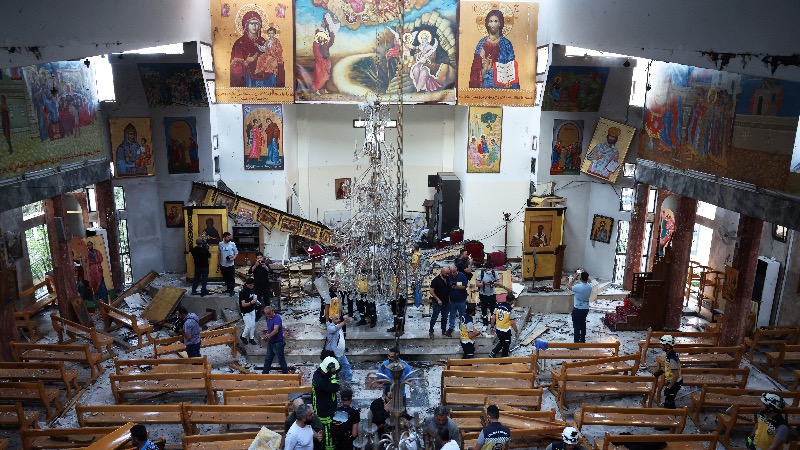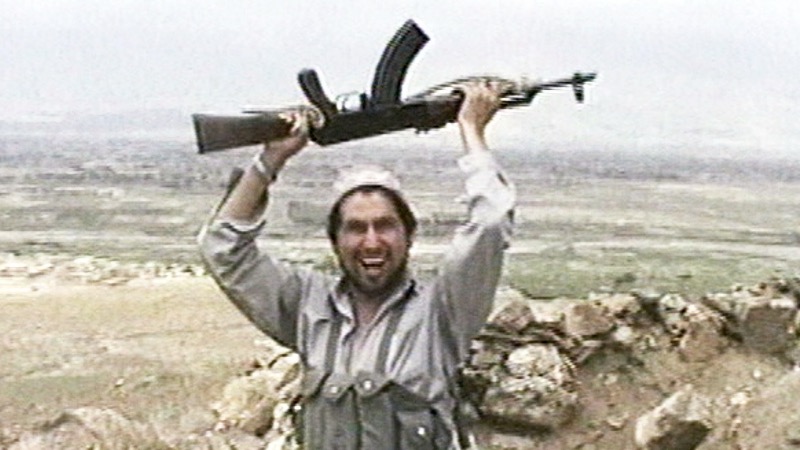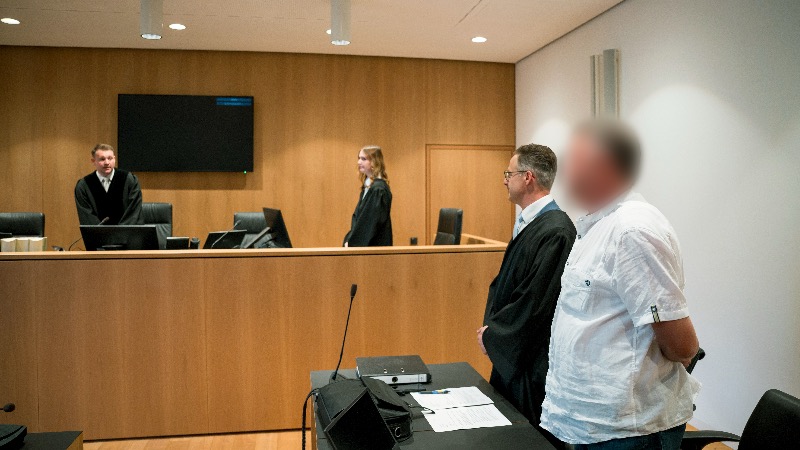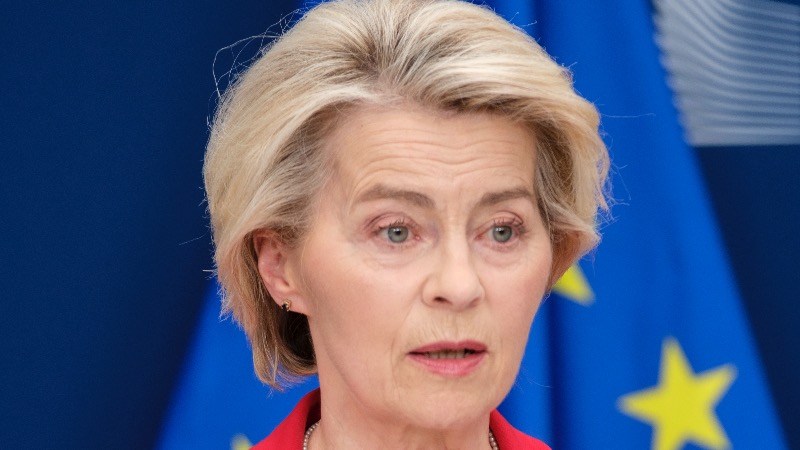 Image Credit: Ali Haj Suleiman / Stringer / Getty
Image Credit: Ali Haj Suleiman / Stringer / Getty As we reported, an attack of violence struck the Greek Orthodox Church of Saint Elias in Damascus during Sunday service on June 22nd, killing 22 people and injuring around 60 others.
The attack was carried out by a suicide bomber affiliated with Daesh (ISIS), who entered the building, fired on the crowd and then blew himself up with an explosive belt.
The last attack on a church in Syria dates back to 1860, when Franciscans in Damascus were the victims, canonised in 2024 by Pope Francis. The symbolic shock is therefore particularly violent.
The Greek Orthodox are the majority Christian denomination in the country, accounting for 50% to 60% of Syria’s Christian population. The president of SOS Chrétiens d’Orient, Benjamin Blanchard, kindly answered some of our questions to shed light on this tragedy, about which little is known at this stage.
Blanchard recalled that the new Syrian head of state, who was recently welcomed with great fanfare by Emmanuel Macron in Paris, is himself a former terrorist. Initially a member of Daesh (ISIS) in Iraq, he eventually left ISIS to join Al-Qaeda.
Although he appeared to offer some assurances of goodwill to the country’s Christian communities upon his arrival, Syrian Christians know that calm is always short-lived and that a permanent threat hangs over their lives and their future.
Blanchard highlighted that the attack took place against a backdrop of rivalry between the Daesh and Al-Qaeda. Although Daesh has not yet officially claimed responsibility for the attack, it recently issued a statement on the need to overthrow the present ‘apostate’ regime, which it considers to be a traitor to Islamic law. Since coming to power, Daesh has reawakened in the Syrian desert and is carrying out all kinds of micro-attacks on an almost daily basis, according to Blanchard.
The Syrian government has reacted to the attack by interpreting it as an attack against itself. A minister, Hind Kabawat, has been dispatched to the scene. She is the only female and Christian minister in the government, which includes a representative from each of the main minorities—Kurdish, Alawite, Druze and Christian.
Before the war, there were still a million Christians in Syria. Today, there are fewer than 300,000. Just recently, at Pentecost, shots were fired at the cross of the Orthodox cathedral in Homs, in the centre of the country.
Although the government condemned the attack in Damascus, Christians know that they can expect no protection from Syria’s new rulers. A climate of fatalistic resignation prevails among Christian communities, according to Blanchard, who is in regular contact with volunteers from his organisation on the ground. Today, the Syrian authorities seem more concerned with policing people’s clothing than hunting down terrorists. Just like the Alawites, Christians are thus seen as ideal targets.



